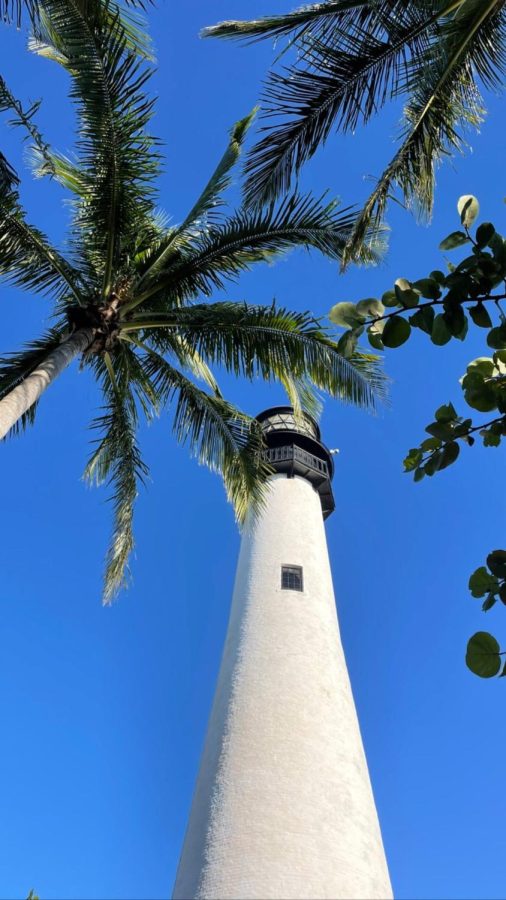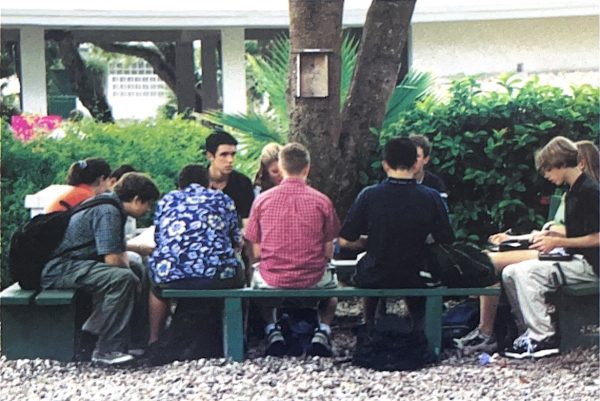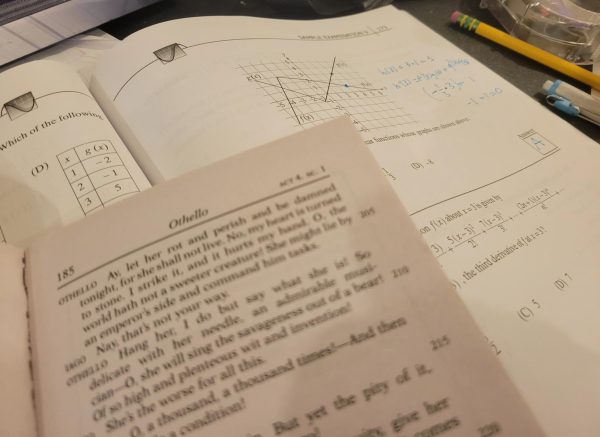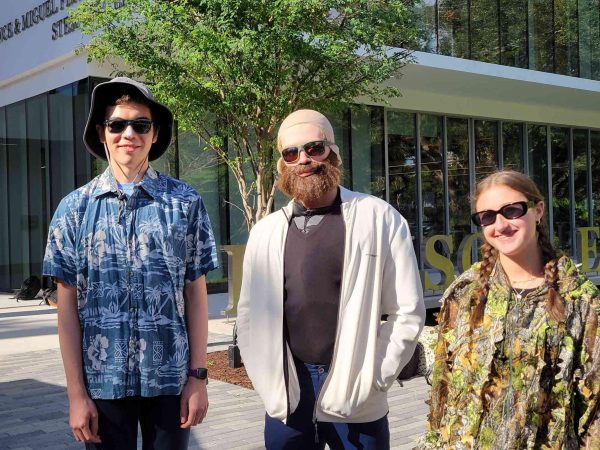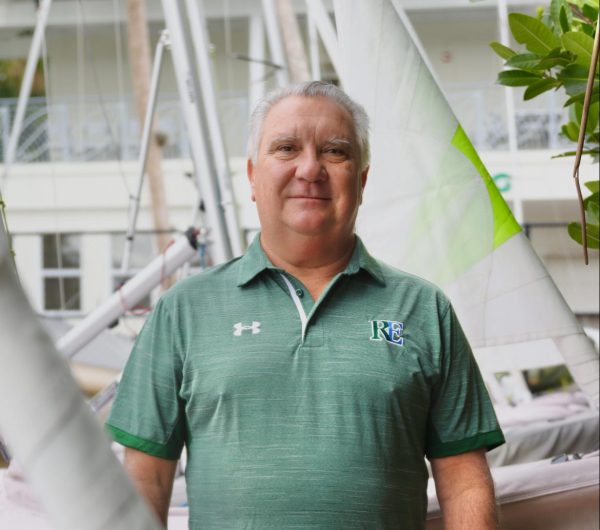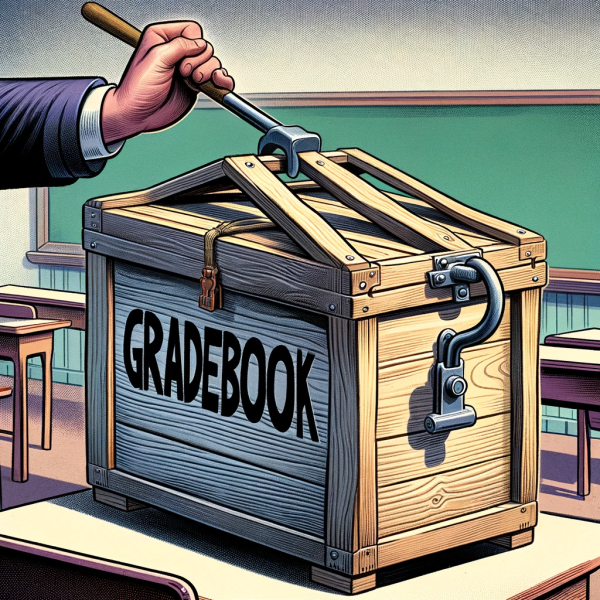Beyond the Beaches
Honoring the rich history of Bill Baggs Cape Florida State Park
A view of the historic Cape Florida Lighthouse.
Stereotypically, Miami beaches are touristy and bustling, i.e., not the place you go if you want to unwind. You encounter more barely clothed people than you anticipated, and the adjacent sports bars overflow with crispy spring breakers. This is not true for Bill Baggs Cape Florida State Park, located at the far end of Key Biscayne. Bill Baggs is home to Miami Dade’s oldest standing structure at almost 200 years old, the Cape Florida Lighthouse. Though this is often what attracts visitors, the park’s beauty goes beyond its history. Thanks to the impeccable conservation of the land, Bill Baggs doubles as both a beach day destination and a home to hundreds of native species.
Before the historic lighthouse was even built, the area that is now considered Bill Baggs was a haven for fugitive slaves to seek freedom from ships heading to the British Bahamas. This path was called the Saltwater Underground Railroad and is believed to have operated from 1821-1861. Unlike the more recognized Underground Railroad, which extended from southern states to northern states, the Saltwater Railroad went from Geogia to the Bahamas, with the port located in Cape Florida as the connecting location. In total, an estimated 300 people escaped to freedom through this route, and in 2004, the park was recognized as a National Underground Railroad Network to Freedom Site. The construction of the Cape Florida Lighthouse effectively blocked fugitive slaves from escaping due to its exposing bright light.
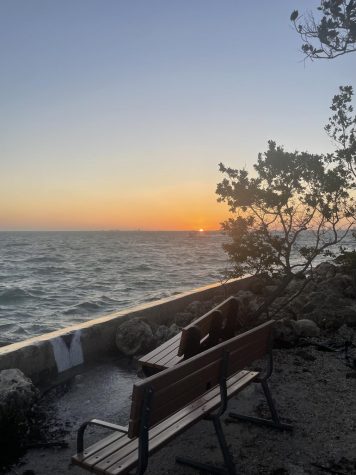
The building of the lighthouse called for a lighthouse keeper, which is where the Dubose family comes in. A family of seven, John, Margaret, and their five children reached the shore of Cape Florida on December 13, 1825. Their cottage was torn down first by a hurricane and then by a Seminole attack.
Fast forward to 1967, when Bill Baggs Cape Florida State Park was bought by the State of Florida and established. It was named in honor of William Calhoun Baggs, an environmentalist who played a key role in arranging the preservation of the park. Calhoun was the editor of the former publication The Miami News from 1957 to his death in 1969. He was also a journalist notable for his civil rights advocacy, opposition to the Vietnam War, and coverage of the rise of communism in Latin America.
This past year, particularly since I began working at The Coconut Grove Spotlight, a local newsletter for Coconut Grove, I have become increasingly interested in local history and the people behind it. I recently wrote an article on Alan Cohen, aka A.C. from A.C.’s Icees, which led me down a rabbit hole into the history of the Grove. Despite not being a Grove resident myself, the things I learned in my research process made me reflect on how little I know about my own community, Key Biscayne.
If there’s anything I’d want the reader to take away from this article, it’s that the one of the best ways to honor history is to visit it. Experiencing historical sites firsthand allows us to reflect on the past, creating a deeper appreciation and understanding of our collective history. I’m not going to lie to you and say that I read every historic marker I pass by when I’m at Bill Baggs. I do, however, have an annual pass, which goes towards the preservation efforts of the park as well as supports the park rangers and staff.
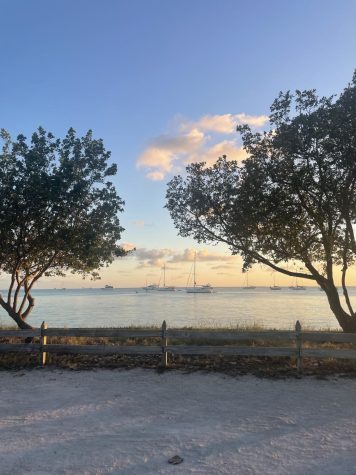
You may have visited Bill Baggs for a beach day with friends, but there is so much more to explore. Here is my recommendation on how to maximize your time while you’re there:
- Explore the history: As I said earlier, the best way to honor history is to visit it. But sometimes, and definitely in the case of Bill Baggs, learning the history is the best way to make the most out of your visits! You can walk up the lighthouse during select hours throughout the week, which allows you to view the entire Miami skyline and its waters. The preserved lighthouse keeper’s cottage is a few steps from the lighthouse as well, and it contains replicated furnishings and antiques, along with donated artifacts, from the original 19th-century cottage.
- Walking Trail: If you are in the mood for a scenic run, Bill Baggs has a great route for you. My usual run starts at the Ace Hardware, less than a quarter mile from the park’s entrance, but you can start as far or as close as you feel comfortable with. There is a walking path that is paved as soon as you pass the gates to get inside the park.
- See the sunset! Although the lighthouse closes at 5:00pm most days, there is still more to discover. Bill Baggs is one of the only free access points on Key Biscayne facing west that isn’t blocked by private property, making it the perfect destination to view the sunset. You can sometimes see it directly on the beach, but you will always be able to see it at the Cleat, which is my personal favorite.
- The Cleat! The Cleat is an outdoor bar/seating area at the tip of Bill Baggs, with water surrounding all sides. A local band plays on weekends, and there is always a tasty number of people attending: not too crowded but not completely dead.
Emma Dvorkin '24 is a senior at Ransom Everglades School and the Editor-In-Chief of the RE Catalyst. She is a fellow of the RE Bowden Fellowship and is...


